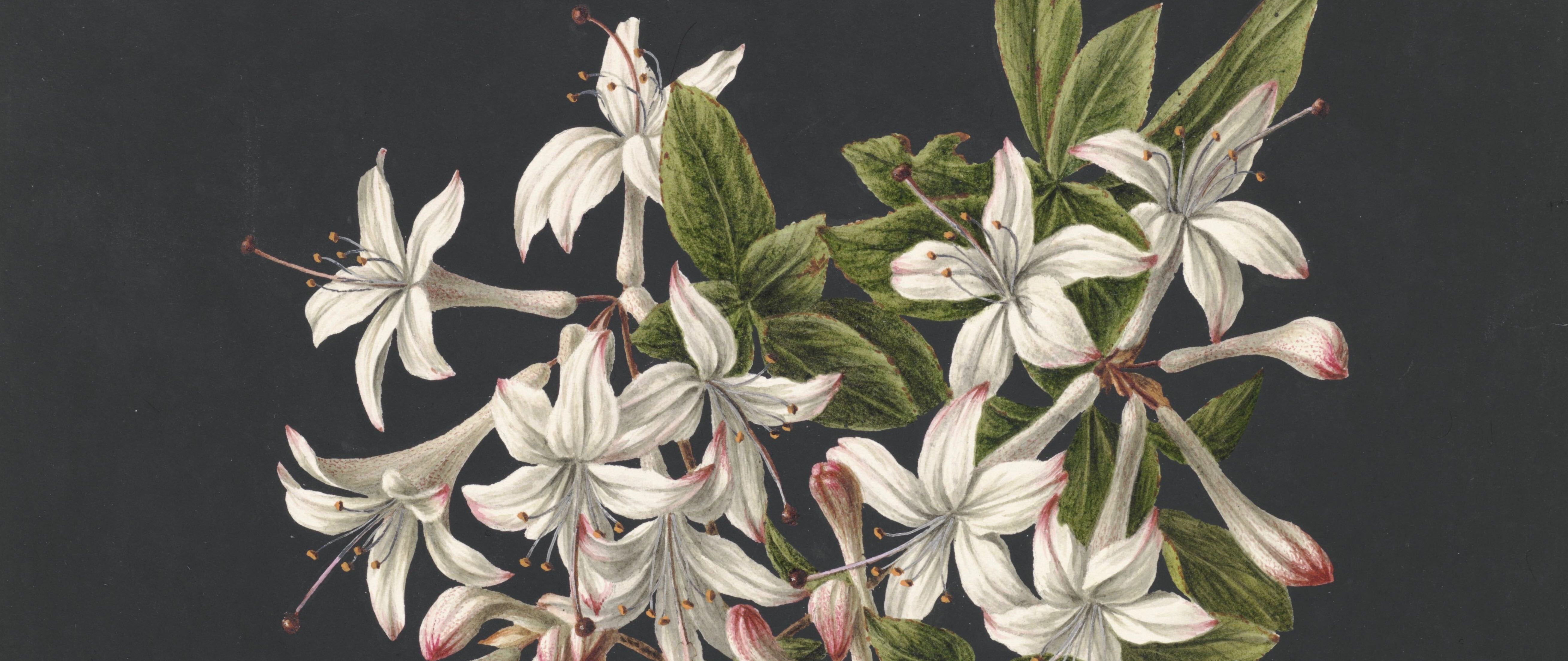
9.5K
Downloads
16
Episodes
“Unboxing the Canon” takes a closer look at the history of Western art. We might be seduced by the pretty packaging, such as soft brush strokes, brilliant colors, grand gestures, expert carving, even traditional iconography. But what happens when we take a deeper look? When we open the packaging and see what might have been invisible, or what is a cultural blind spot? Join Professor Linda Steer and listen in for a take on art history that connects the past to the present, critiques the canon, and reveals what might not be immediately apparent in Western art and its institutions.
Episodes

Wednesday Sep 09, 2020
Episode 1: Revealing a Portrait
Wednesday Sep 09, 2020
Wednesday Sep 09, 2020
Episode 1, "Revealing a Portrait," considers what the canon of art history is, and looks to a painting by contemporary African American artist Titus Kaphar to consider what it excludes. It also addresses the notion of “subject positions,” a way of acknowledging who we are and how that influences what we see and how we look at art.
Kaphar’s work aims to make the invisible visible, and to reveal those figures that have been excluded from art history. His work highlights the Black experience, which has been overlooked in traditional art history courses, museums and other art institutions.
In his powerful 2017 TED Talk, Kaphar demonstrates to the audience how European art has erased Black people, and how those people might be brought to the forefront. He uncovers his slightly altered copy of a 17th century family portrait by Dutch artist Franz Hals. He then proceeds to white out the prominent figures with a mixture of white paint and linseed oil, eventually revealing a small Black boy in the group. Kaphar notes that “Historically speaking, in research on these kinds of paintings, I can find out more about the lace that the woman is wearing in this painting -- the manufacturer of the lace -- than I can about this character here, about his dreams, about his hopes, about what he wanted out of life” (Kaphar, Can Art Amend History?).
Episode 1 asks listeners to think about the role of history in art and the ways in which historical art is connected to contemporary culture.
Sources + further reading:
Brock University. “Human Rights and Equity.” Accessed August 28, 2020. https://brocku.ca/human-rights/.
Gagosian. “Titus Kaphar,” May 3, 2020. https://gagosian.com/news/2020/05/03/titus-kaphar-macarthur-foundation-fellow-video/.
Hals, Frans. Family Group in a Landscape. 1645-1648. Oil on canvas, 202 x 285 cm. Museo Nacional Thyssen-Bornemisza, Madrid. Inv. no. 179 (1934.8). Available from: https://www.museothyssen.org/en/collection/artists/hals-frans/family-group-landscape
Kaphar, Titus. Shifting the Gaze, 2017. Oil on canvas, 83 × 103 1/4 in. (210.8 × 262.3 cm). Brooklyn Museum, William K. Jacobs Jr., Fund, 2017.34. © artist or artist's estate (Photo: Image courtesy of Jack Shainman Gallery, CUR.2017.34_Jack_Shainman_Gallery.jpg). Available from: https://www.brooklynmuseum.org/opencollection/objects/224267
Kaphar, Titus. Can Art Amend History? 2017. TED Talks. https://www.ted.com/talks/titus_kaphar_can_art_amend_history.
Kaphar, Titus. Can Beauty Open Our Hearts to Difficult Conversations? 2020. TED Talks. https://www.ted.com/talks/titus_kaphar_can_beauty_open_our_hearts_to_difficult_conversations.
Kaphar, Titus. https://kapharstudio.com/.
Mar Borobia. “Family Group in a Landscape.” Museo Nacional Thyssen-Bornemisza. Accessed August 28, 2020. https://www.museothyssen.org/en/collection/artists/hals-frans/family-group-landscape.
Museum of Ontario Archaeology. “Wampum,” January 23, 2015. http://archaeologymuseum.ca/wampum/.
van Welie, Rik. "“What Happened in the Colonies Stayed in the Colonies: The Dutch and the Slave-Free Paradox." In Misevich, Philip, and Mann, Kristin, eds. The Rise and Demise of Slavery and the Slave Trade in the Atlantic World. Melton: University of Rochester Press, 2016. 100-127.
Credits
Unboxing the Canon is hosted and produced by Linda Steer for her course “Introduction to the History of Western Art” in the Department of Visual Arts at Brock University. Brock University is located on the traditional lands of the Haudenosaunee and Anishinaabe peoples.
Our sound designer and editor is Devin Dempsey, who is also reading these credits. Our logo was created by Cherie Michels. The music for this podcast has been adapted from “Night in Venice” and “Inspired” by Kevin MacLeod. Both are licensed under Creative Commons Attribution International 4.0.
We are grateful to Alison Innes from the Faculty of Humanities for her sharing her podcasting wisdom and offering support.
This podcast is funded by the Humanities Research Institute at Brock University.

No comments yet. Be the first to say something!